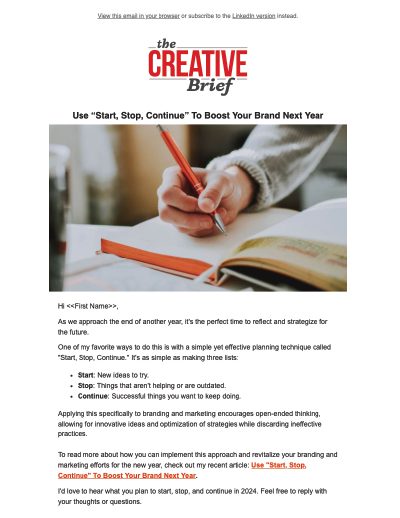In-House Business Startup Journal Part 5
After a couple months of planning, the time has come to institute the plans that I have been developing since the day I started. I’ve built some key relationships, assessed a few situations, identified needs, designed processes, and (I hope) built some trust. Now all I need to do is stop talking about the “big plan” and start getting it going already.
Having done this a few times I know there are a few ways to rollout new processes and SOP’s. I have learned from experience there is a definite wrong way to do it and that is to flip the switch. As soon as you introduce even the smallest change factor to how people work, you throw them into a period of turbulence that will take time to normalize (check out Tuckman’s Group Development Model).
Change can be a tough thing to manage, and it’s really a matter of giving people time to absorb changes in routine and process slowly. In the case of an in-house business, there are three groups of people who need to learn and embrace your changes: Your boss(es), your clients, and your staff.
Change is good, or so I have been told. But too much change, too fast, can be disastrous. So what’s an impulsive, go-with-my-gut-kind-of-guy to do? Slow down and take a phased approach. Embrace the idea of soft-launching the new processes to test them out, and make revisions before the big rollout.
I will be at the InHOWse Managers Conference this June 21-23 in Boston. Won’t you join me and other in-house leaders to share stories and learn from each other? Details here and register here.
I’ll also be leading the InSource roundtable on Career Paths for the Creative Leader in conjunction with the HOW Design Live! events. Register now to hold your seat. Details to follow.
How Behaving Like A Consultant Made Me A Better In-House Corporate Creative
Last year I wrote about some lessons learned while working in-house that makes me a better consultant and business owner. Today, I'm turning the tables and following up with some ideas for what I think helped shape my success when I was an in-house, corporate,...


